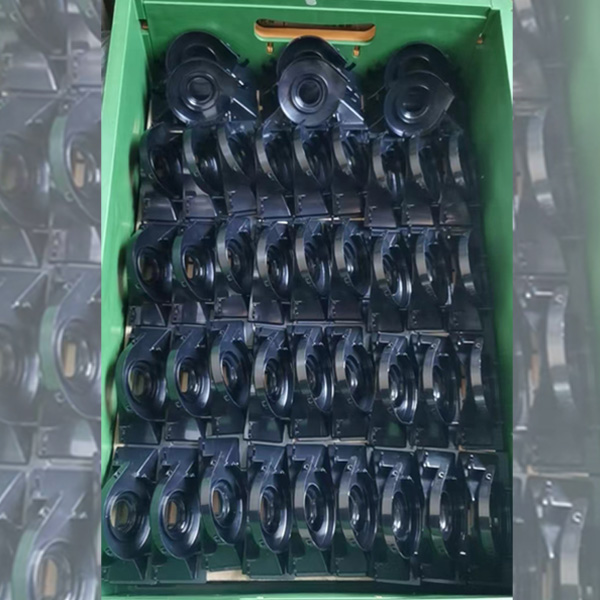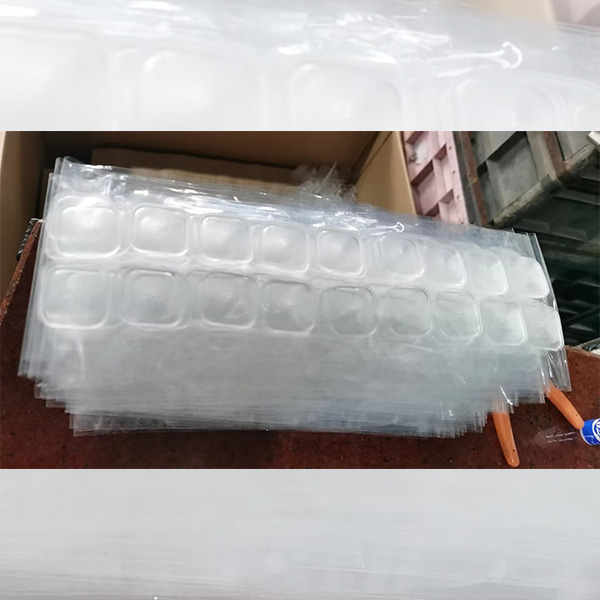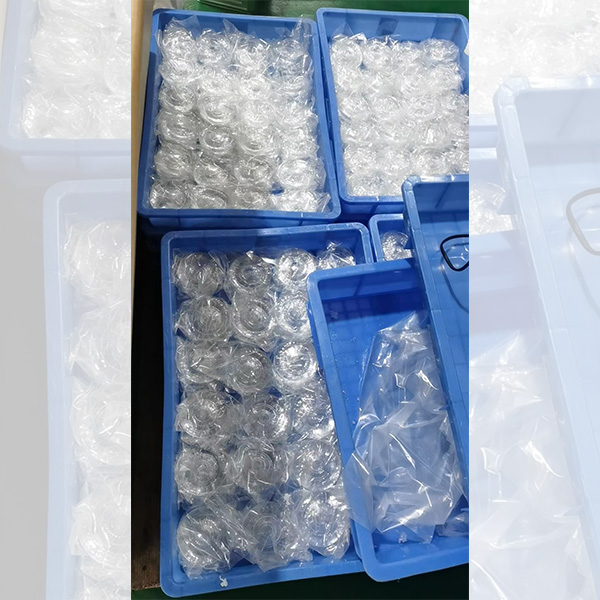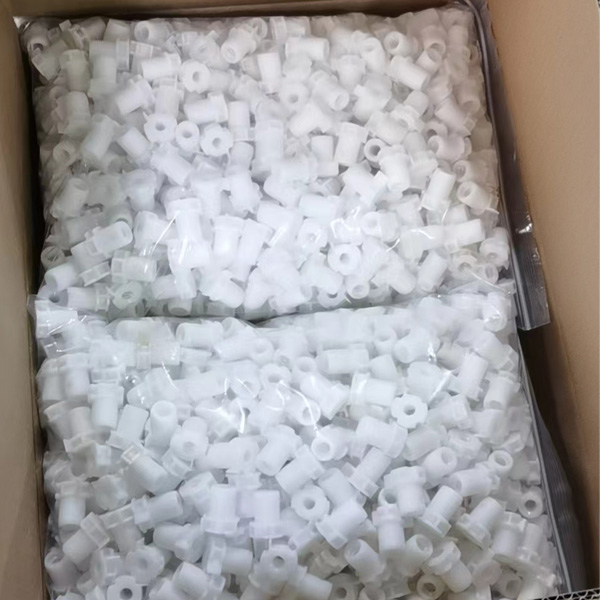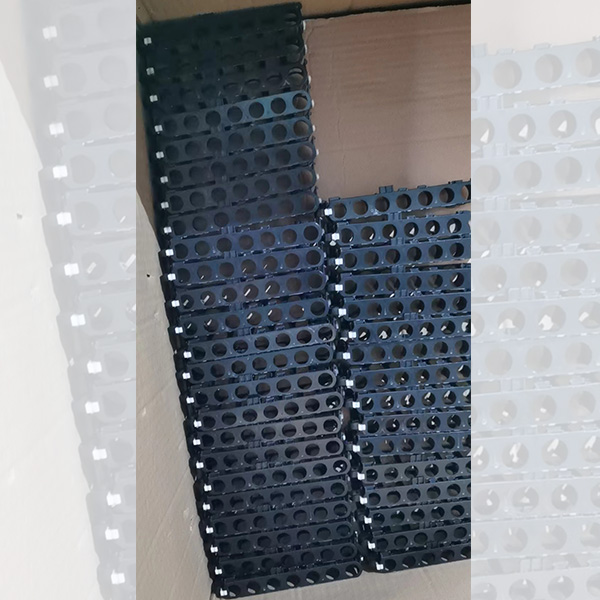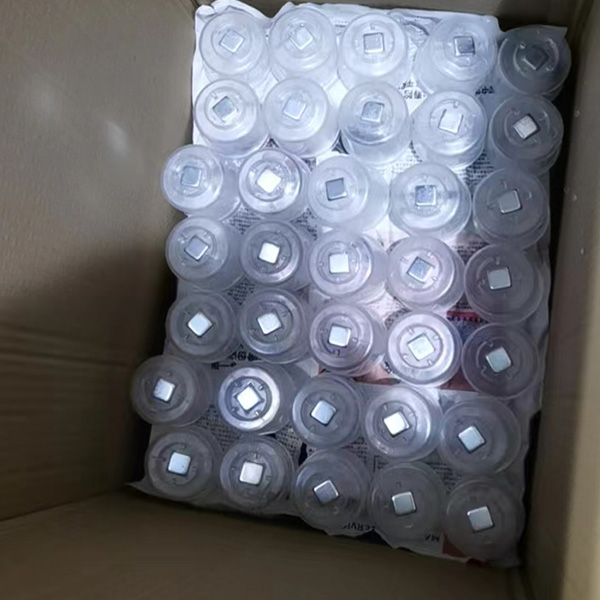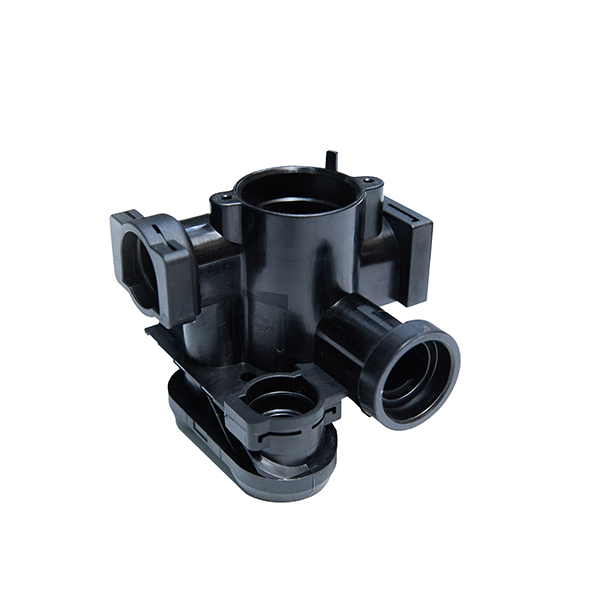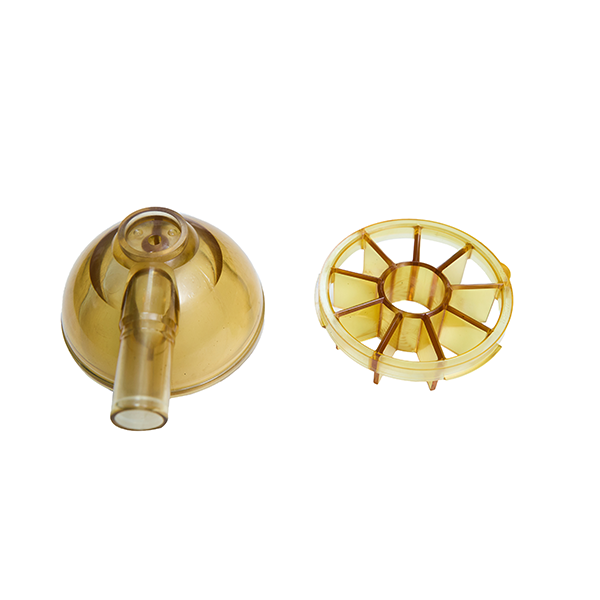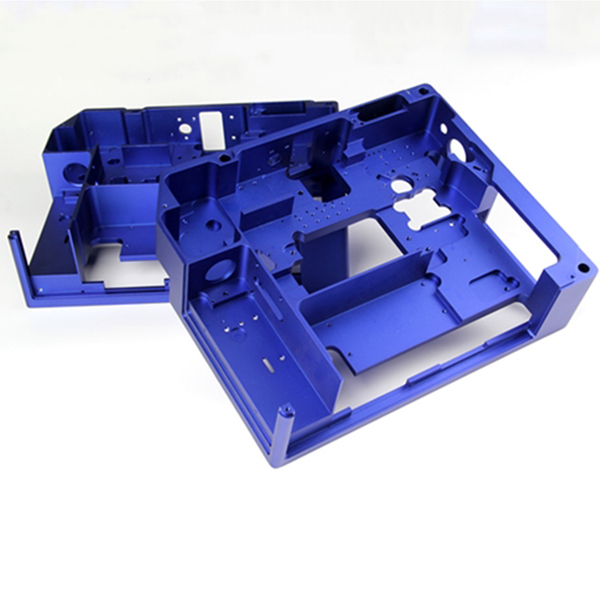Iată o prezentare generală a etapelor implicate în producția de piese din plastic:
1. Proiectare și prototipareProcesul începe de obicei cu proiectarea piesei din plastic folosind software CAD (proiectare asistată de calculator). Inginerii proiectează piesa conform specificațiilor și cerințelor produsului final. De asemenea, se poate realiza prototiparea pentru a testa designul și funcționalitatea înainte de producția de masă.
2. Selectarea materialelorAlegerea materialului plastic adecvat este crucială și depinde de factori precum proprietățile mecanice, rezistența chimică, rezistența la temperatură și costul. Printre tipurile comune de materiale plastice utilizate în producția de piese din plastic se numără polietilena (PE), polipropilena (PP), polistirenul (PS), acrilonitril butadien stirenul (ABS) și clorura de polivinil (PVC).
3. Procese de fabricație:o.Turnare prin injecțieAceasta este una dintre cele mai comune metode pentru producerea pieselor din plastic. Plasticul topit este injectat într-o cavitate a matriței sub presiune ridicată. Odată răcită și solidificată, piesa este ejectată din matriță. Turnarea prin injecție este potrivită pentru producția de volum mare și poate produce forme complexe cu precizie ridicată.b.ExtrudareÎn extrudare, peletele sau granulele de plastic sunt topite și trecute printr-o matriță pentru a crea profile continue cu o secțiune transversală constantă. Extrudarea este utilizată pentru producerea de articole precum țevi, tuburi și foi.c.Turnare prin suflareAcest proces este utilizat pentru a produce piese goale din plastic, cum ar fi sticle și recipiente. Un tub de plastic încălzit (parison) este umflat cu aer pentru a se conforma formei cavității unei matrițe.d.TermoformareTermoformarea implică încălzirea unei foi termoplastice până când devine maleabilă și apoi formarea acesteia peste o matriță prin vid, presiune sau mijloace mecanice. Este utilizată în mod obișnuit pentru producerea de ambalaje, tăvi și ustensile de unică folosință.Turnare prin compresieÎn turnarea prin compresie, un material plastic preîncălzit este plasat într-o cavitate încălzită a matriței. Matrița este apoi închisă și se aplică presiune pentru a comprima materialul în forma dorită. Această metodă este potrivită pentru producția de volum mic până la mediu.f.Turnare rotaționalăTurnarea rotațională implică rotirea unei matrițe goale care conține plastic sub formă de pulbere în jurul a două axe perpendiculare. Pulberea se topește și acoperă interiorul matriței, formând forma dorită pe măsură ce se răcește. de ex.Turnare prin injecție-suflareAcest proces combină aspecte ale turnării prin injecție și turnării prin suflare. Este utilizat în mod obișnuit pentru producerea de sticle și recipiente mici cu forme complexe.
4. Operațiuni de finisareDupă ce piesele din plastic sunt formate, acestea pot fi supuse diverselor operațiuni de finisare, cum ar fi tăierea, prelucrarea mecanică, sudarea, tratarea suprafeței (de exemplu, vopsirea, imprimarea) și asamblarea, dacă este necesar.
5. Controlul calitățiiPe tot parcursul procesului de producție, se implementează măsuri de control al calității pentru a se asigura că piesele din plastic îndeplinesc specificațiile și standardele necesare. Acestea pot implica inspecție dimensională, inspecție vizuală, testare mecanică și alte tehnici de asigurare a calității.
6. Ambalare și distribuțieDupă ce piesele din plastic trec controlul calității, acestea sunt ambalate conform cerințelor clientului și distribuite către destinații.


